Affiliate links on Android Authority may earn us a commission. Learn more.
Apple iPhone XS vs the Android competition
Published onSeptember 14, 2018
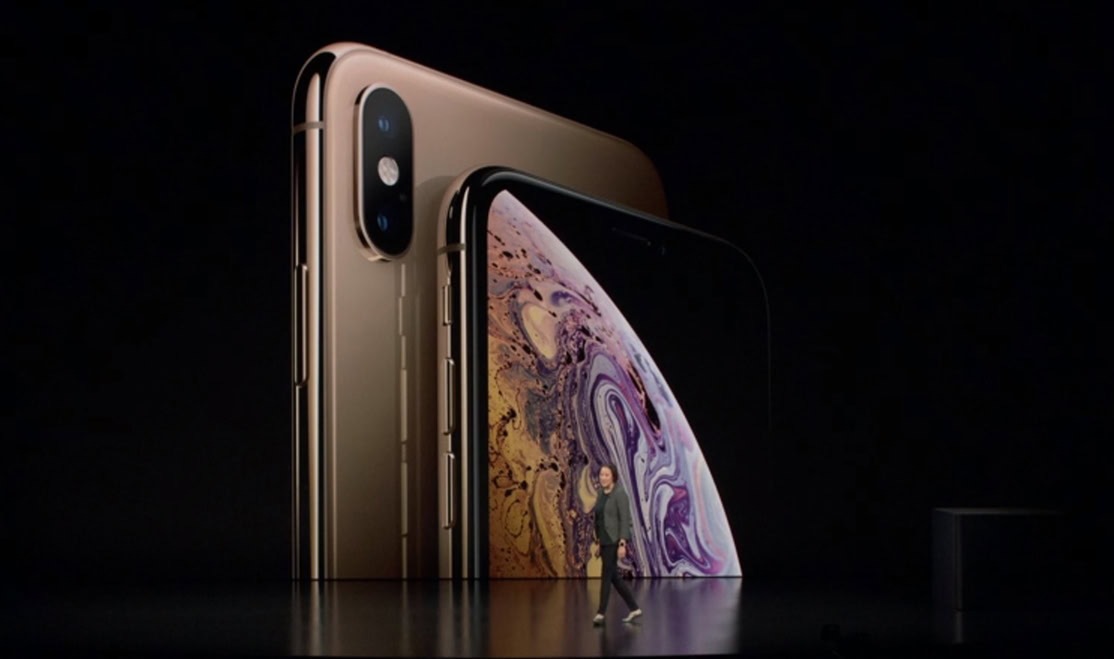
With every new iPhone release, Apple earns accolades from the press about how beautiful, powerful, and most of all desirable the latest iteration of its flagship product is. Meanwhile, the Android-centered press usually tends to focus on how most (if not all) of the features and upgrades introduced with the latest iPhone appeared on Android devices months or even years ago.
Even though most iOS users are embedded in the Apple ecosystem and have no desire to switch to Android, it’s important to know that the three newest iPhones launched earlier this week are not without some very strong competitors from Android OEMs like Samsung, Huawei, LG, and others.
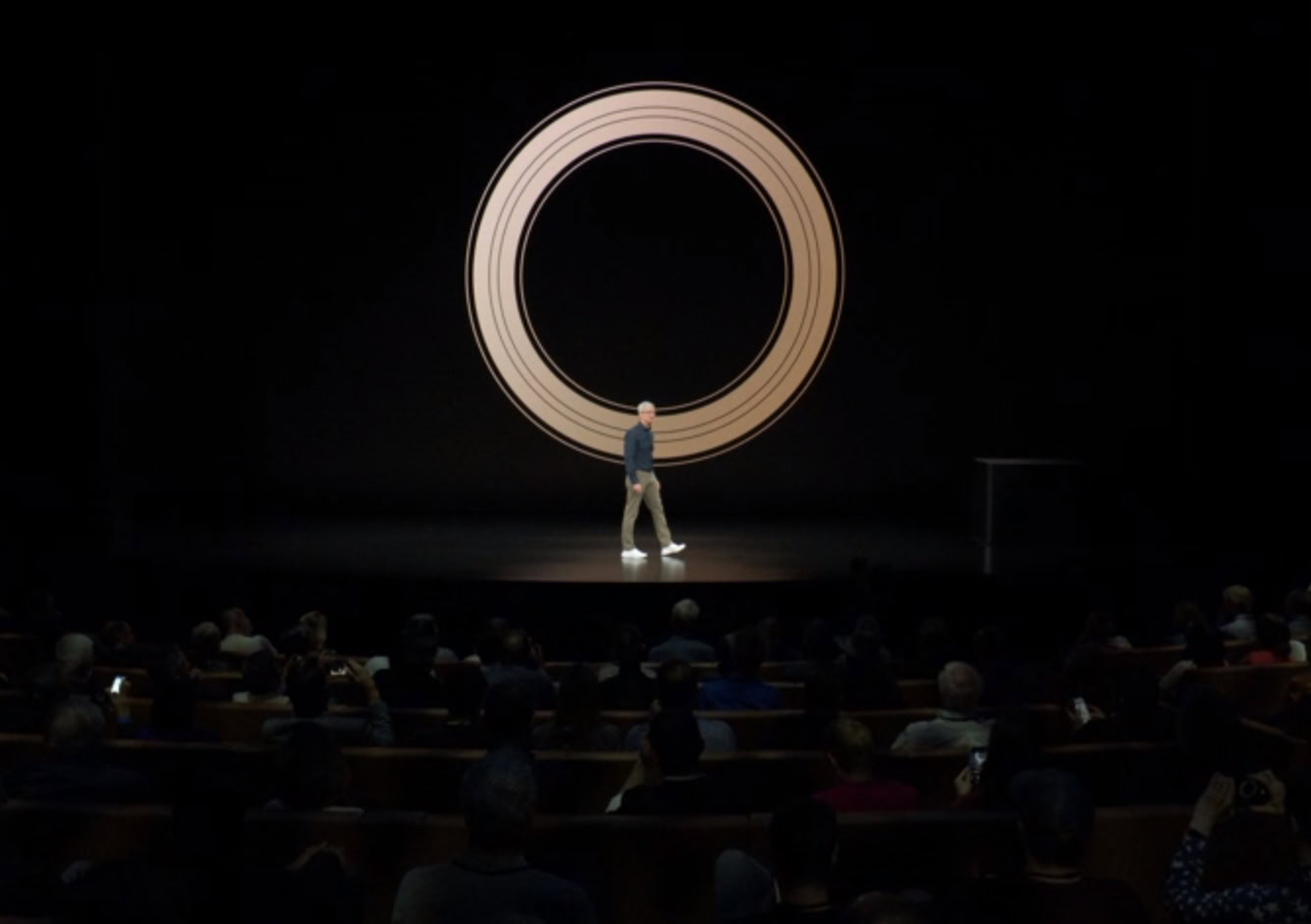
The Samsung Galaxy Note 9 is the most obvious contender to take the iPhone in a specs-centered cage match, but the HUAWEI P20 Pro holds its own as well. The LG V35 ThinQ even looks a lot like the iPhone (for better or for worse) and has a popular feature that the iPhone doesn’t. And the Sony Xperia XZ3 — which launched only a few weeks ago and will hit store shelves right around when the iPhone does — is also a really good alternative to Apple smartphones.
So how does Apple’s latest flagship compare? This is the Apple iPhone XS vs the competition.
Hardware and design
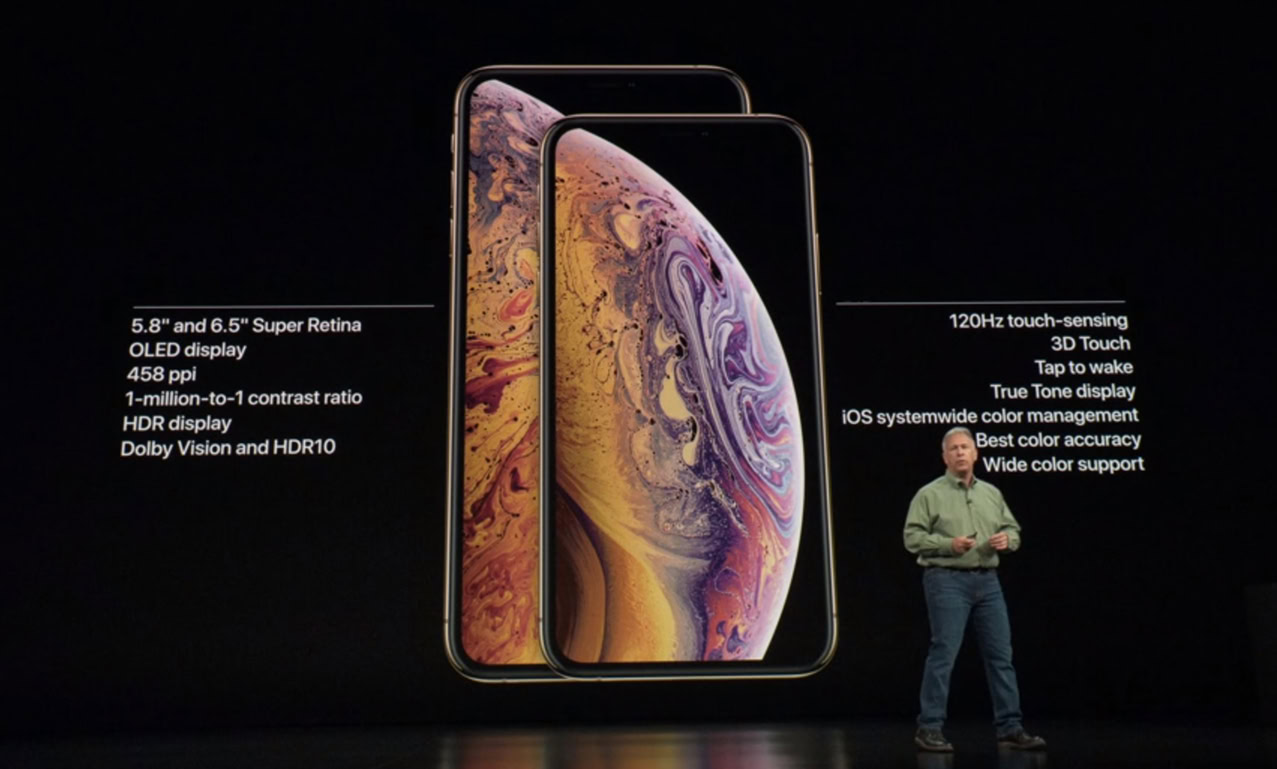
Despite the fact that two of the three iPhones announced this week have displays larger than six inches, the vanilla iPhone XS has a relatively small 5.8-inch OLED screen. But the LG V35 ThinQ and Sony Xperia XZ3 aren’t too much bigger with 6-inch displays and the HUAWEI P20 Pro is 6.1-inches in size. The Samsung Galaxy Note 9 is the anomaly here with its large, 6.4-inch display, and joins the Xperia XZ3 in not having a notch.
As far as screen resolution, the Apple iPhone X has a very respectable 2,436 x 1,125 display. But the Samsung Galaxy Note 9 blows it out of the water with its 2,960 x 1,440 display resolution, and the V35 and Xperia XZ3 also top it with their 2,880 x 1,440 resolutions. Only the P20 Pro comes up short in comparison to the iPhone XS with its 2,240 x 1,080 display.
| Apple iPhone XS | Samsung Galaxy Note 9 | HUAWEI P20 Pro | LG V35 ThinQ | Sony Xperia XZ3 | |
|---|---|---|---|---|---|
Display | Apple iPhone XS 5.8-inch OLED 2,436 x 1,125 | Samsung Galaxy Note 9 6.4-inch AMOLED panel 2,960 x 1,440 resolution 18.5:9 aspect ratio (FHD+ default resolution) | HUAWEI P20 Pro 6.1-inch AMOLED panel 2,240 x 1,080 resolution 18.7:9 aspect ratio | LG V35 ThinQ 6.0-inch QuadHD+ P-OLED FullVision 2,880 x 1,440 resolution 538 ppi Corning Gorilla Glass 5 18:9 aspect ratio | Sony Xperia XZ3 6-inch OLED 2,880 x 1,440 resolution 18:9 screen ratio |
CPU | Apple iPhone XS Apple A12 Bionic 7nm construction | Samsung Galaxy Note 9 Exynos 9810 / Snapdragon 845 Octa-core up to 2.8GHz | HUAWEI P20 Pro HiSilicon Kirin 970 Octa-core up to 2.4GHz | LG V35 ThinQ Qualcomm Snapdragon 845 Octa-core up to 2.8 GHz | Sony Xperia XZ3 Qualcomm Snapdragon 845 Octa-core up to 2.8 GHz |
GPU | Apple iPhone XS Apple A12 Bionic | Samsung Galaxy Note 9 Mali-G72 MP18 / Adreno 630 | HUAWEI P20 Pro Mali-G72 MP12 | LG V35 ThinQ Adreno 630 | Sony Xperia XZ3 Adreno 630 |
RAM | Apple iPhone XS 4GB | Samsung Galaxy Note 9 6/8GB | HUAWEI P20 Pro 6GB | LG V35 ThinQ 6GB | Sony Xperia XZ3 4GB |
Memory | Apple iPhone XS 64/256/512GB | Samsung Galaxy Note 9 128/512GB | HUAWEI P20 Pro 128GB | LG V35 ThinQ 64/128GB | Sony Xperia XZ3 64GB |
Battery | Apple iPhone XS 2,800mAh | Samsung Galaxy Note 9 4,000mAh | HUAWEI P20 Pro 4,000mAh | LG V35 ThinQ 3,300mAh | Sony Xperia XZ3 3,330mAh |
microSD | Apple iPhone XS No | Samsung Galaxy Note 9 Yes, up to 512GB | HUAWEI P20 Pro No | LG V35 ThinQ Yes, up to 512GB | Sony Xperia XZ3 Yes, up to 512GB |
3.5mm Jack | Apple iPhone XS No | Samsung Galaxy Note 9 Yes | HUAWEI P20 Pro No | LG V35 ThinQ Yes Integrated DAC | Sony Xperia XZ3 No |
While Android takes the cake in display resolution, Apple very probably takes the cake in CPU power. Even though we don’t have benchmark scores yet for the Apple A12 Bionic chipset, its 7-nanometer design makes it likely faster, more powerful, and more power-efficient than anything on this list (or any Android device currently on the market, period).
That being said, even the most power-efficient CPU needs a good-sized battery to give it juice, and the iPhone XS comes up very short in that department. At only 2,800mAh, the battery in the iPhone XS is much smaller than any of the Android phones on this list; in fact, the Galaxy Note 9 and P20 Pro have 4,000mAh batteries which have roughly 30 percent more energy storage.
The iPhone has a 7nm chipset, but very little battery storage.
In the RAM department, the iPhone XS has 4GB, which is pretty standard for most of today’s flagships, although the highest-end model of the Galaxy Note 9 doubles up on that amount. iPhones historically have been pretty conservative when it comes to RAM, so the fact that the XS has only 4GB isn’t too surprising.
Other than that, the iPhone XS is pretty comparable to the Android flagships here. Although it doesn’t have a microSD slot or a headphone jack, some of these Android devices don’t either, so it’s hard to fault Apple for making those decisions.
Photography and extras
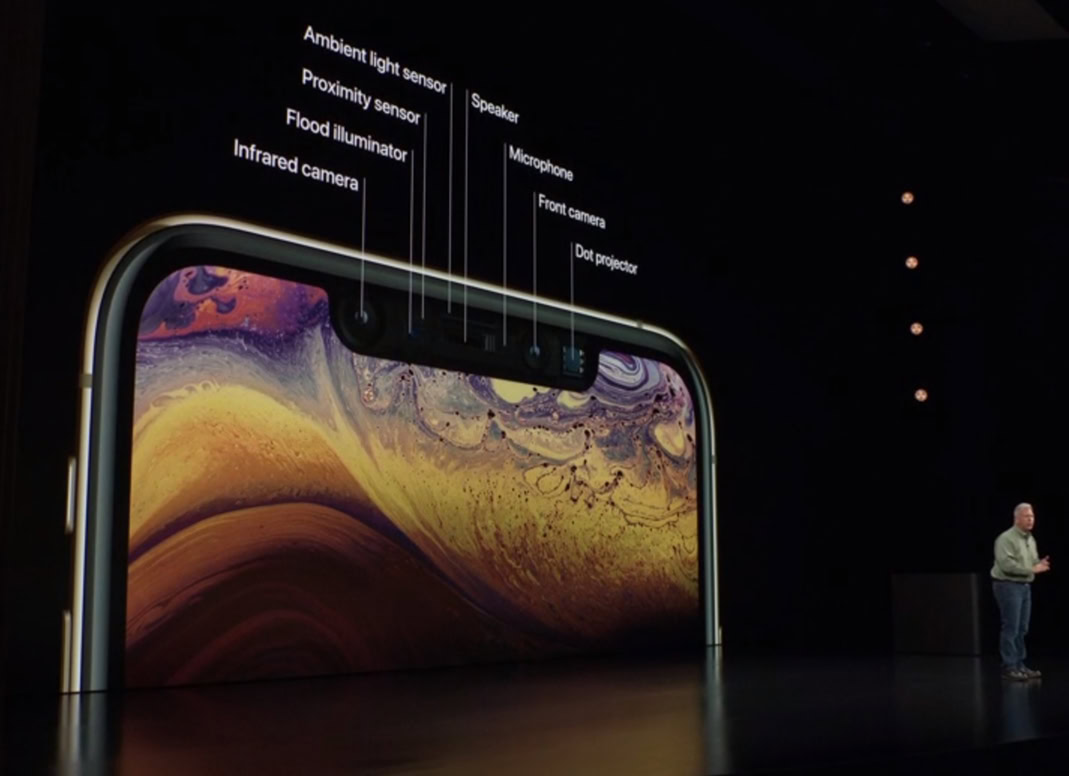
Whether or not you trust DxOMark scores when it comes to photography, it’s impossible to deny that the latest iPhone tends to be at the top of its list when it comes to the best mobile cameras. Although the iPhone XS hasn’t been rated yet, it’s a very safe bet that it will come out at or near the top of the list when it gets reviewed.
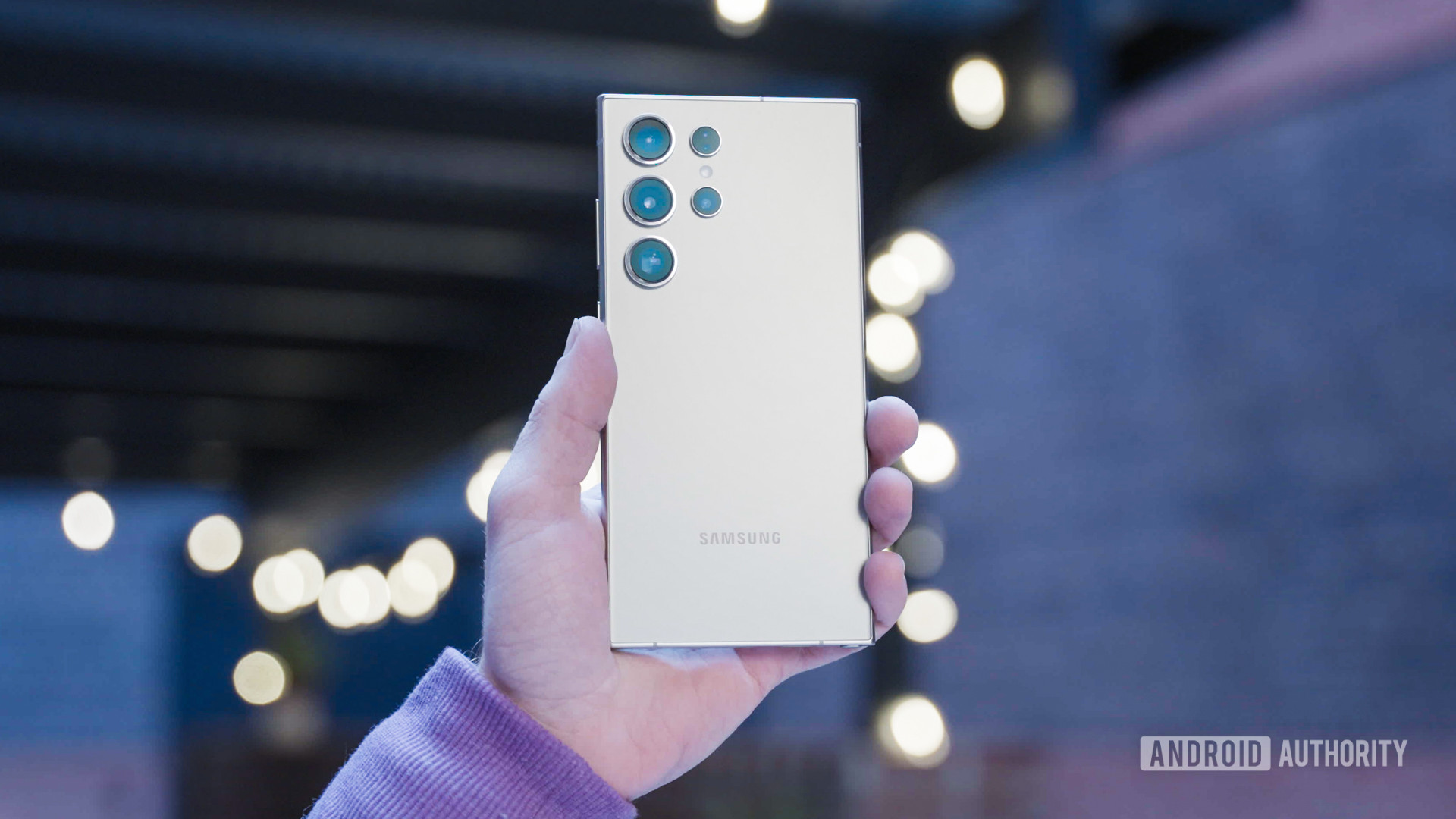
However, the HUAWEI P20 Pro — with its unique triple lens set up on the rear — is (at the moment, anyway) the highest-rated mobile camera in the industry. Even if the iPhone XS tops it, the P20 Pro will still be in second place, making it a very viable contender for anyone who values photographic excellence from their smartphone.
The Galaxy Note 9’s camera is pretty awesome in its own right — it currently sits in third place on the DxOMark mobile list. It’s safe to say that although the iPhone XS will likely have an incredible camera, there are plenty of Android phones that can easily compete.
The iPhone will have an amazing camera, guaranteed, but the best camera in the industry right now is the P20 Pro.
Camera capabilities aren’t everything, though. What good is an awesome camera if it can’t withstand what life throws at it? In that respect, the iPhone XS just caught up to its Android peers by earning IP68 certification (the iPhone X was only IP67-certified). On the list of Android competitors to the iPhone, only the P20 pro comes up short with an IP67 certification.
| Apple iPhone XS | Samsung Galaxy Note 9 | HUAWEI P20 Pro | LG V35 ThinQ | Sony Xperia XZ3 | |
|---|---|---|---|---|---|
Display | Apple iPhone XS 5.8-inch OLED 2,436 x 1,125 | Samsung Galaxy Note 9 6.4-inch AMOLED panel 2,960 x 1,440 resolution 18.5:9 aspect ratio (FHD+ default resolution) | HUAWEI P20 Pro 6.1-inch AMOLED panel 2,240 x 1,080 resolution 18.7:9 aspect ratio | LG V35 ThinQ 6.0-inch QuadHD+ P-OLED FullVision 2,880 x 1,440 resolution 538 ppi Corning Gorilla Glass 5 18:9 aspect ratio | Sony Xperia XZ3 6-inch OLED 2,880 x 1,440 resolution 18:9 screen ratio |
CPU | Apple iPhone XS Apple A12 Bionic 7nm construction | Samsung Galaxy Note 9 Exynos 9810 / Snapdragon 845 Octa-core up to 2.8GHz | HUAWEI P20 Pro HiSilicon Kirin 970 Octa-core up to 2.4GHz | LG V35 ThinQ Qualcomm Snapdragon 845 Octa-core up to 2.8 GHz | Sony Xperia XZ3 Qualcomm Snapdragon 845 Octa-core up to 2.8 GHz |
GPU | Apple iPhone XS Apple A12 Bionic | Samsung Galaxy Note 9 Mali-G72 MP18 / Adreno 630 | HUAWEI P20 Pro Mali-G72 MP12 | LG V35 ThinQ Adreno 630 | Sony Xperia XZ3 Adreno 630 |
RAM | Apple iPhone XS 4GB | Samsung Galaxy Note 9 6/8GB | HUAWEI P20 Pro 6GB | LG V35 ThinQ 6GB | Sony Xperia XZ3 4GB |
Memory | Apple iPhone XS 64/256/512GB | Samsung Galaxy Note 9 128/512GB | HUAWEI P20 Pro 128GB | LG V35 ThinQ 64/128GB | Sony Xperia XZ3 64GB |
Battery | Apple iPhone XS 2,800mAh | Samsung Galaxy Note 9 4,000mAh | HUAWEI P20 Pro 4,000mAh | LG V35 ThinQ 3,300mAh | Sony Xperia XZ3 3,330mAh |
microSD | Apple iPhone XS No | Samsung Galaxy Note 9 Yes, up to 512GB | HUAWEI P20 Pro No | LG V35 ThinQ Yes, up to 512GB | Sony Xperia XZ3 Yes, up to 512GB |
3.5mm Jack | Apple iPhone XS No | Samsung Galaxy Note 9 Yes | HUAWEI P20 Pro No | LG V35 ThinQ Yes Integrated DAC | Sony Xperia XZ3 No |
No one expected the iPhone XS to bring back the headphone jack, but Apple’s continued commitment to the jack’s removal will still likely make the iPhone XS a no-go for many. Luckily, Android still gives you that option, with the Galaxy Note 9 and LG V35 ThinQ both supporting your “legacy” headphones. The V35 ThinQ even throws in a built-in Quad DAC to really make your listening experience amazing.
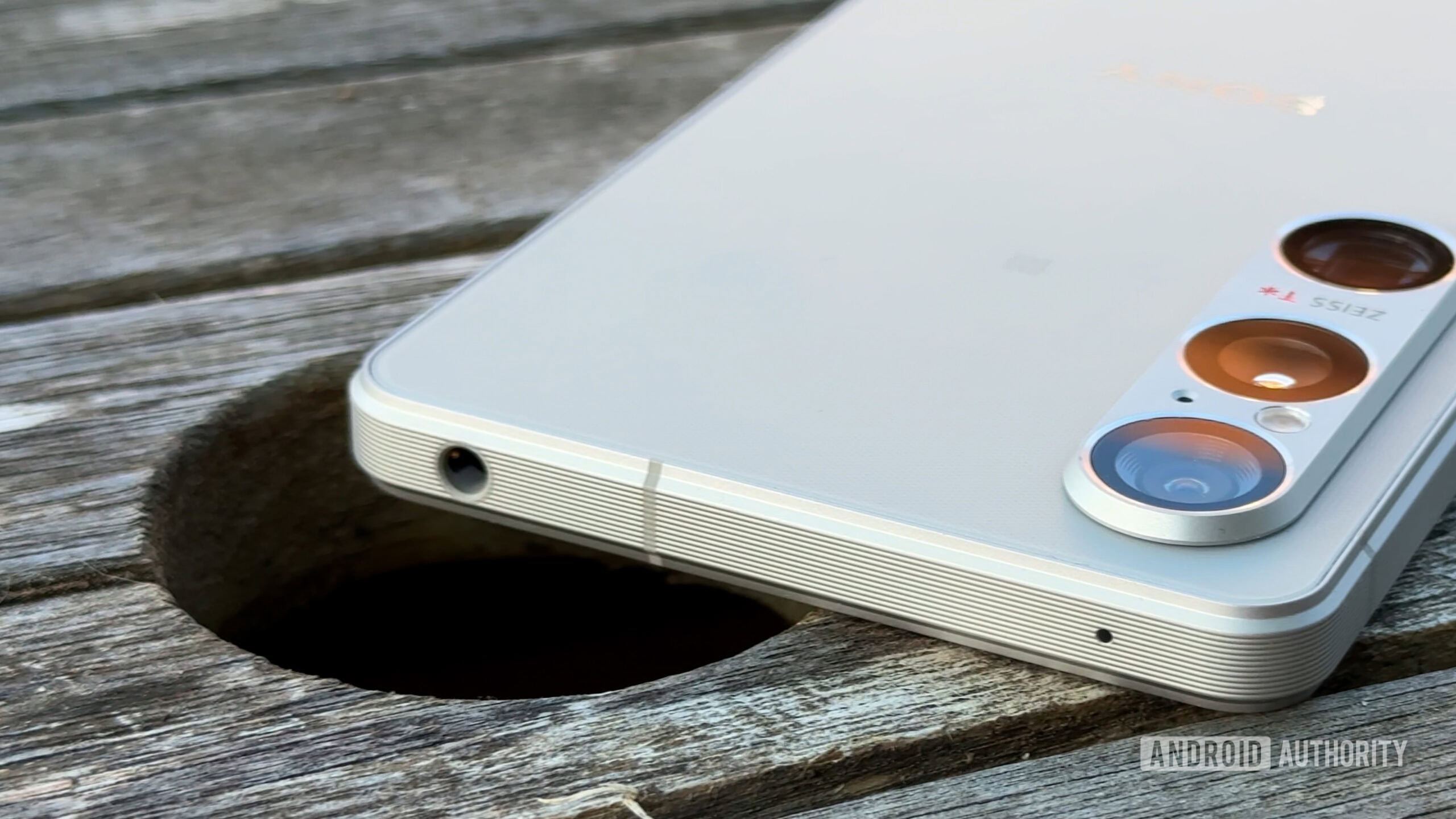
There were some rumors floating around that Apple would finally ditch its proprietary Lightning connector for this round of iPhones, but that was not to be. Instead, it’s likely that the company will finally adopt the USB Type-C standard with next year’s iPhones. Apple likely won’t do this because it wants to, it will do it because it will probably have no choice. That being said, all the Android phones here use the industry standard USB Type-C port which means one charger charges them all (even if USB Type-C is still a bit of a mess).
One could make a very strong case that Apple popularized the idea of NFC mobile payments with its Apple Pay program. Although Android had mobile payments well before Apple, it wasn’t until Apple started to push its lean, easy-to-use program that the concept really took off. Although all the devices on this list have NFC and can access the myriad options when it comes to mobile payments, only the iPhone can use Apple Pay, which is certainly a plus in its corner.
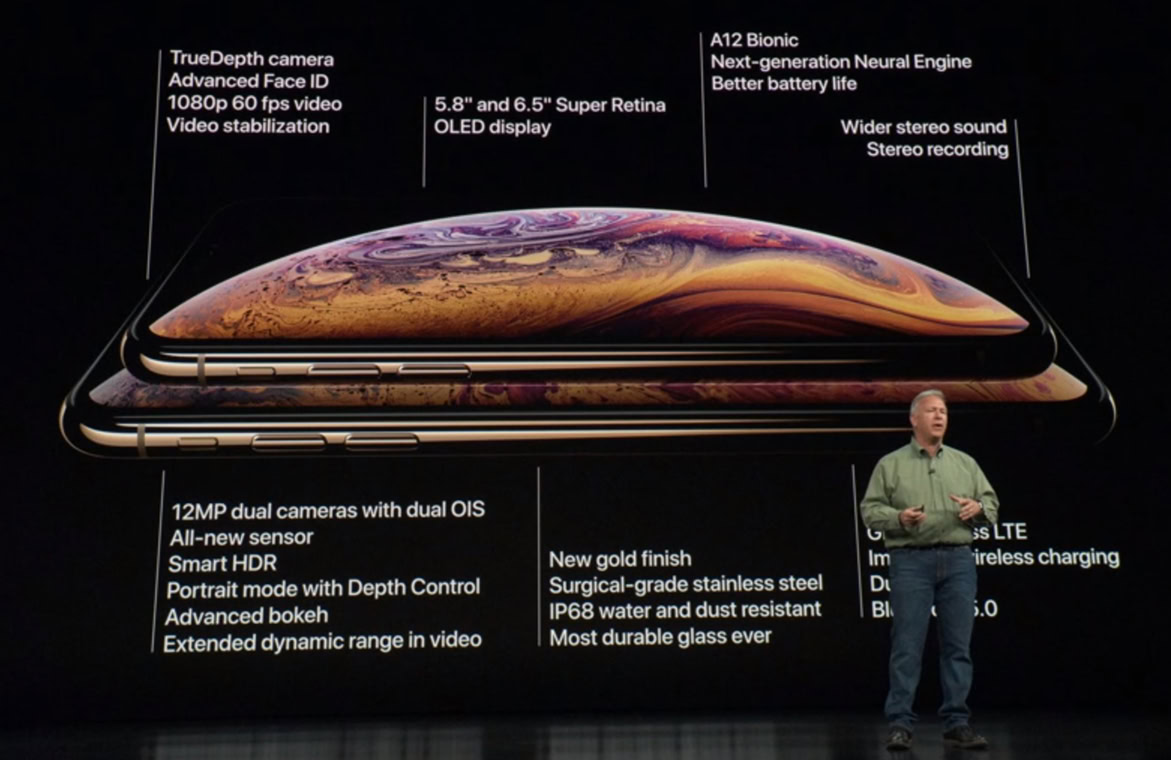
At the iPhone launch event, a lot of time was spent talking about the exciting new innovative aspects of the Apple Watch Series 4, but most of the talk about the iPhone was for simple upgrades rather than brand new features. With that in mind, the iPhone XS doesn’t have too much to offer when it comes to truly unique features, at least when you compare it to certain Android devices.
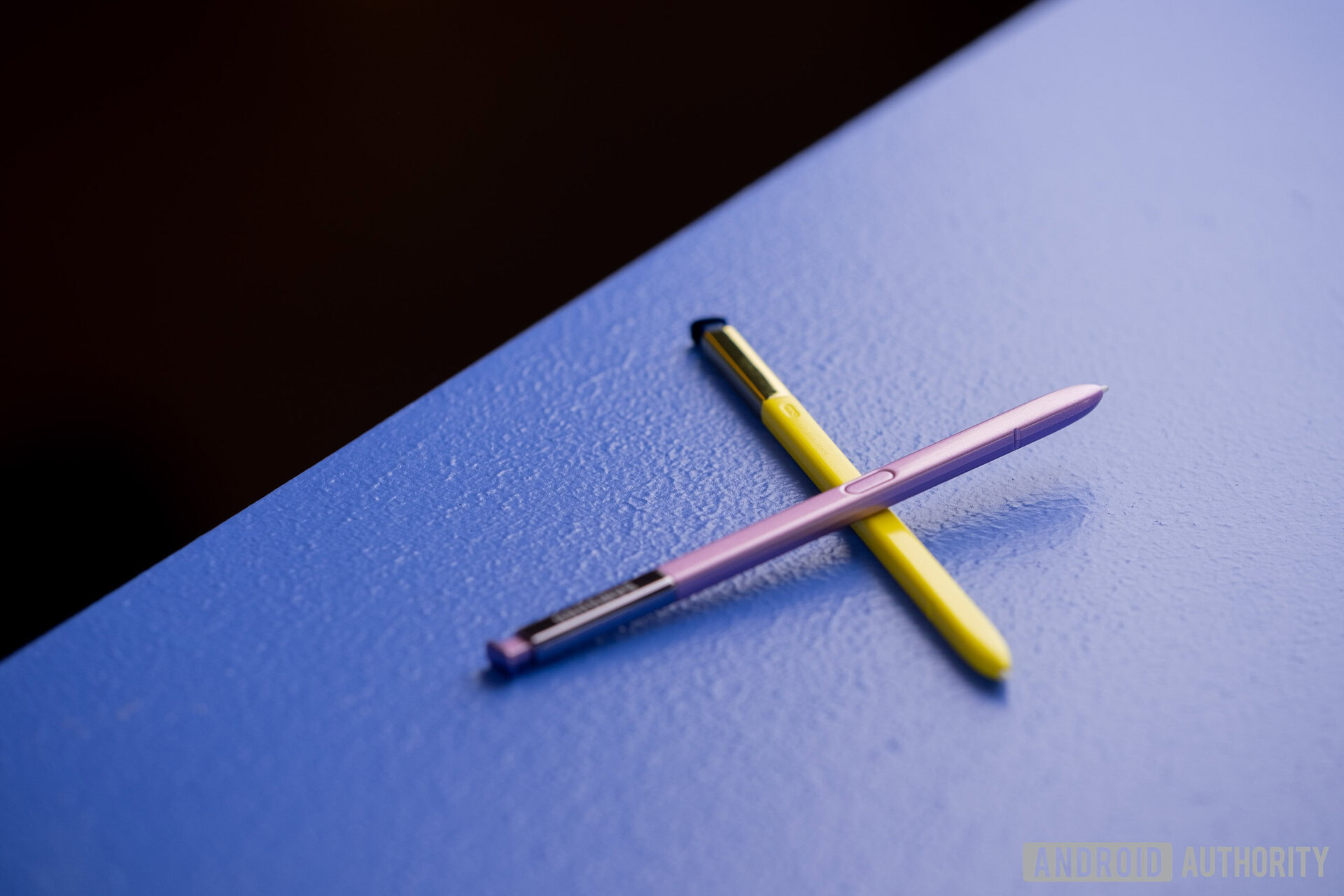
For example, the S Pen with the Galaxy Note 9 gives the phone so much more functionality than the iPhone could ever have without Apple Pencil support, and the Sony Xperia XZ3’s dedicated camera shutter button makes it great for quickly snapping photos. The LG V35’s Quad DAC make it an audiophile’s dream, and the HUAWEI P20 Pro’s unique color scheme makes it just as much of a head-turner as any iPhone.
Ultimately, the iPhone stands up well on its own, but what is it bringing to the table that other phones aren’t bringing as well?
Apple iPhone XS vs winner?

While the iPhone XS is certainly a beautiful device with its all-screen display and stainless steel/glass chassis, a great smartphone is much more than just a beautiful object to hold in your hand.
The iPhone XS certainly holds its own against the Android competition, maybe even more so than in previous years. But ultimately, there just isn’t much that the iPhone can do that Android phones can’t do as well or better. So, just like in year’s past, we have to conclude that the iPhone XS doesn’t bring enough to the table to warrant a switch from the Android ecosystem and is really only recommended for people already buried in Apple’s “walled garden.”
That being said, the iPhone XS is certainly a looker and some might be swayed by its novelty features like second-generation Face ID and its high-end camera. What do you think? Is the iPhone XS enough to make you jump ship from Android to iOS? Let us know in the comments.
More Apple iPhone XS coverage
We have more iPhone XS stories for you to check out: